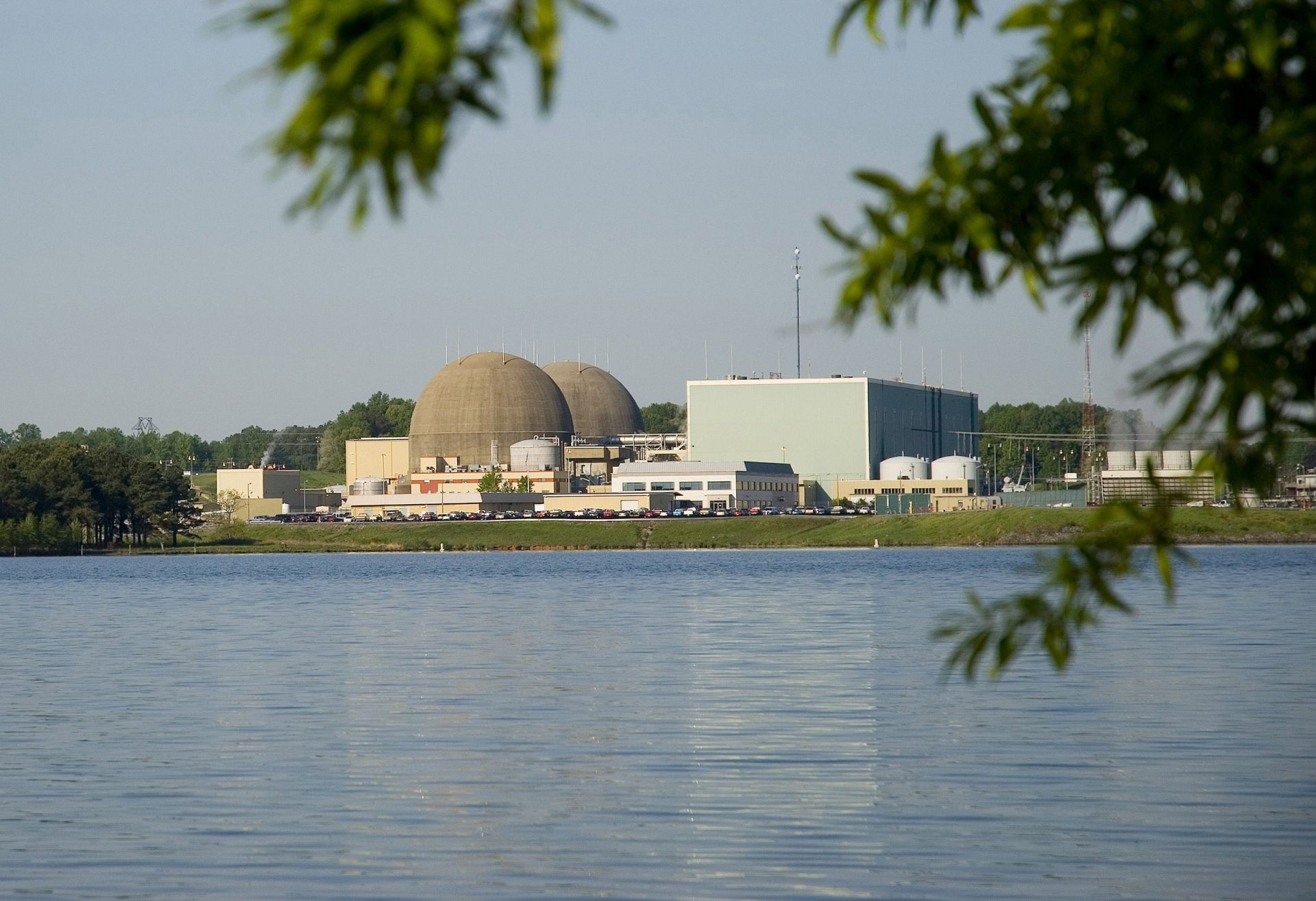Fuel loading begins at first Hualong One unit

Fuel loading begins at Fuqing-5. Photo: CNNC
The loading of 177 fuel assemblies into the reactor core of Unit 5 at the Fuqing nuclear power plant began on September 4, following the issuance of the unit’s operating license from China’s Ministry of Ecology and Environment, the China National Nuclear Corporation (CNNC) announced on September 8. Construction of the reactor began in May 2015.
Unit 5 will be the first of the Hualong One reactors to enter commercial operation, expected later this year if all goes according to plan. Also known as the HPR1000, the Hualong One is a 1,000-MWe Generation III pressurized water reactor, indigenous to China. Unit 5’s twin HPR1000 at Fuqing, Unit 6, is scheduled to start contributing power to the grid next year.
Located in China’s Fujian Province, Fuqing also houses four 1,000-MWe CPR-1000 PWRs, with commercial start dates of November 2014, October 2015, October 2016, and September 2017, respectively.




 Duke Energy Progress and Duke Energy Carolinas have filed their 2020 Integrated Resource Plans (IRPs) with state regulators, parent company Duke Energy announced September 1.
Duke Energy Progress and Duke Energy Carolinas have filed their 2020 Integrated Resource Plans (IRPs) with state regulators, parent company Duke Energy announced September 1. The Nuclear Industry Association (NIA), the trade group for the United Kingdom’s civil nuclear industry, unveiled a new report yesterday that sets out a framework for cutting the cost of building new nuclear power plants in Britain.
The Nuclear Industry Association (NIA), the trade group for the United Kingdom’s civil nuclear industry, unveiled a new report yesterday that sets out a framework for cutting the cost of building new nuclear power plants in Britain.


